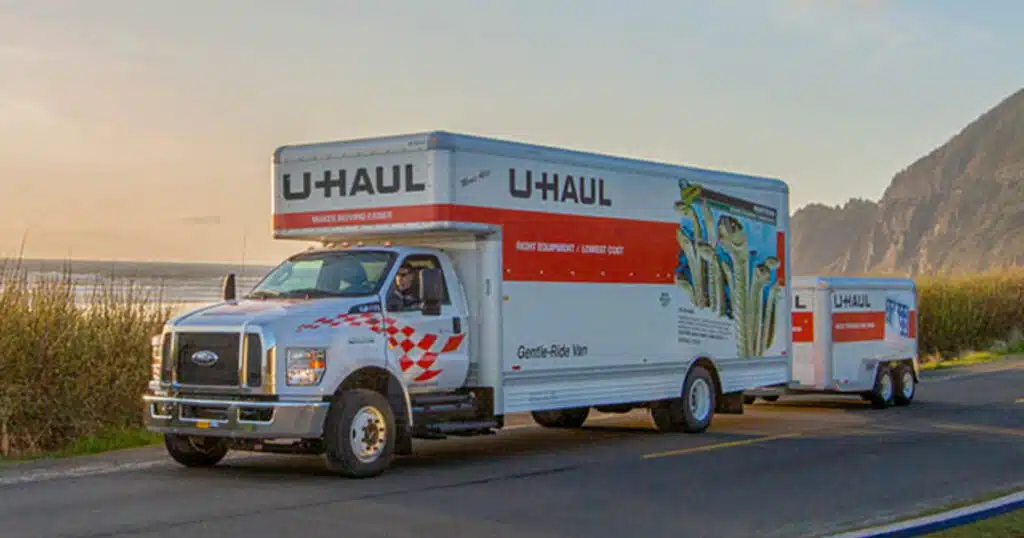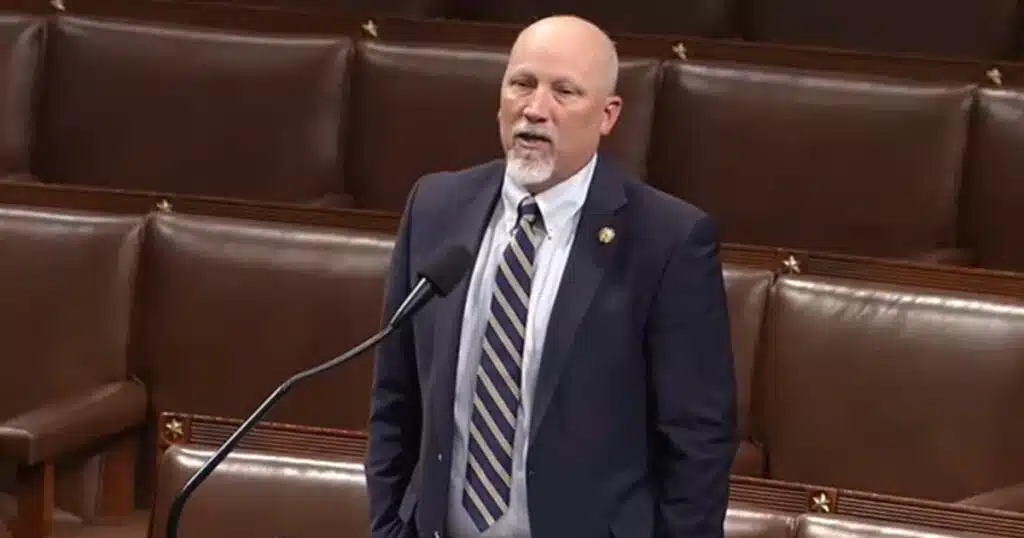
Study Tracked Trends of Voter Migration Between States During Pandemic
After Tuesday’s midterms are over and done and the race winners and losers are eventually determined — however long the counting takes, it may finally be discovered just how much of an impact the COVID pandemic had on the election’s voting patterns.
No, this isn’t about how the COVID lock-downs, travel bans, vaccination and masking mandates and the myriad other related government policies shaped voter perceptions, but the way the era prompted a surge of interstate migration as voters sought better financial and political climes.
Many Americans pushed away from pricey California and ended up moving to find more affordable housing in Nevada or Arizona, where it’s also believed they re-registered to a major party affiliation. Then again, Florida attracted more conservatives needing to live near others with similar perspectives, according to new analysis by online real estate brokerage Redfin, which also found the Democratic party has lost more registered voters than the Republican party since 2020 in several states key to the Senate midterms — although those states gained notable numbers of Independent voters, who typically lean Democrat. Over the last two years, the study examined voter registration changes in six swing states: Arizona, Colorado, Florida, North Carolina, Nevada and Pennsylvania.
“Pandemic-fueled migration has changed the political makeup of several key swing states,” said Redfin Deputy Chief Economist Taylor Marr. “Hot-button issues like the economy and crime are playing a big part in this year’s elections, making its outcome difficult to predict. But changes in voter registration, which are largely due to new residents who moved in from other places, offer one clue about how certain states will vote. The uptick in registered Democrats in Arizona and Nevada ahead of the 2020 election, due largely to people moving in from California, helped predict that President Biden would win those states.”
Data from Redfin shows Democrats make up 33 percent of Nevada’s registered voters, down from 37 percent in 2020. Nevada Republicans also saw a drop in party registrations, from 32 to 29 percent, while there’s been a boost in voters registered as “other” — now a 37 percent plurality of the state’s registered voters, up from 31 percent in 2020.
In Arizona, Democrats make up 31 percent of all registered voters, down from 32 percent in 2020 and Republicans have remained at 35 percent. Arizona’s “other” registered voters account for 35 percent, up from 33 percent in 2020.
It’s assumed those “other” increases could benefit Democrats because Independent voters, who comprise a large portion of the “others,” are more likely to lean left: Case in point, 54 percent of Independents nationally voted for Democrat Joe Biden in the 2020 election, as 41 percent voted for Republican Donald Trump.
It’s not anticipated independent voters are actually going to take much share away from Democrats or Republicans because, while a growing share of Americans identify as Independents, most have already been voting in line with one of the major parties.
The rise in “other” voters most probably is caused by residents who recently moved into Nevada and Arizona from more liberal places, the Redfin data indicates. Arizona and Nevada were the second and third most popular states for people moving away from California in 2020, with Los Angeles the most popular origin for homebuyers moving to both Phoenix and Las Vegas. The typical home in both Phoenix and Las Vegas costs less than $450,000, close to half the $840,000 median sale price in L.A.
The share of voters registered as “other” in California fell by 0.4 percentage points since 2020, a bigger decline than those seen in Democratic and Republican registrations, meaning some of the people who left California are “others.”
Then again, some of Nevada and Arizona’s new residents are conservative people sorting themselves.
“Americans often sort themselves into neighborhoods where people share similar views, which could help explain why Republicans lost fewer voters than Democrats in Nevada and Arizona,” Marr said. “Some of the people who left California for those states were probably frustrated by local responses to the pandemic, in addition to expensive homes and high taxes, and ready to move somewhere more conservative.”
Almost half — 46 percent — of U.S. residents indicate they would feel hesitant about moving to an area where most residents have different political views from their own, according to an October Redfin survey.
Migration and self-sorting have led to Florida becoming much more Republican, said the Redfin data.
Self-sorting is at least one of the reasons the Senate race in Florida, traditionally a swing state, has been leaning strongly toward the Republican candidate. Registered Republicans surpassed registered Democrats in Florida last year for the first time in history;. Republicans now represent 36 percent of Florida’s registered voters, unchanged from 2020, as Democrats make up 34 percent, down from 37 percent in 2020.
Redfin found strong evidence the Sunshine State is pulling in right-leaning people from liberal parts of the country who have decided they want to live somewhere that better matches their political viewpoints.
Miami and Tampa are two of the most popular destinations for relocating home buyers while liberal New York and Washington, D.C. are among the most common origins for people leaving.
Pennsylvania, another state with a tight Senate race, has seen its own decline of Democrats since 2020, falling from 47 to 46 percent. Republicans there have held steady at 39 percent of registered voters and “others” have held a steady at 15 percent.



